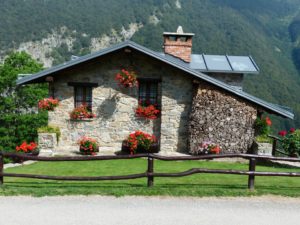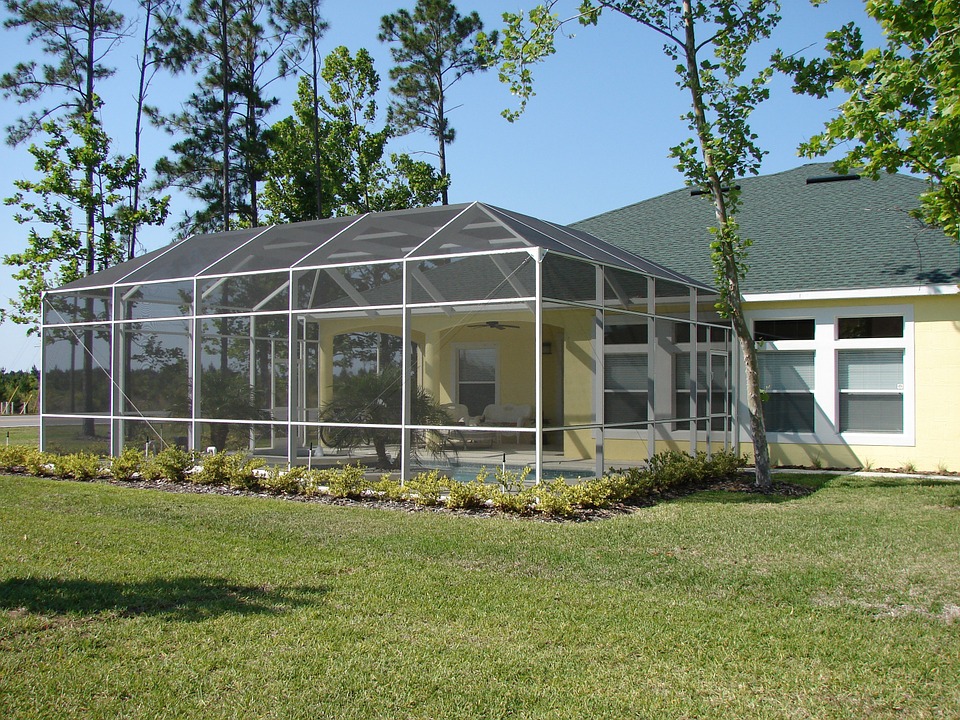There are a few basic types of house additions which can help to address the cost, style, and living space needs. The house additions can range anywhere from the full-size conventional additions to low-cost DIY projects. Something as simple as converting your garage to a bedroom can also be viewed as a house addition. Thus blowing out your walls addition adds so much living space. Your budget is what will mainly determine the addition that you should go for. Some of the basic types of house additions are highlighted below.
Conventional House Addition

This refers to a structure with multiple rooms, which is built permanently onto the side of a house and opens to the main house. With a good design and great artistry, it can blend into the home and become part of the house. The addition can have a dining room, bathroom, family room, or guest room. The kitchen is rarely part of the addition except in cases where the addition is meant to be an apartment. The conventional house addition can be quite expensive but usually do have a very high return value. It can also take a considerably long time to do the addition.
Bump out or Room Addition
A bump out refers to a structure that is built onto the side of the wall of the main house and can be accessed from inside the main house. It is usually a single room that is meant for only one function such as a bathroom or bedroom. It can also be just an expansion of a room towards the outer wall of the house. You can view it as a scaled down conventional addition. In most cases, bump outs usually require a new roof profile which employs a flat or shed style roof. This type of house addition is also subject to permits and building codes just as the conventional construction.
Sunroom
A sunroom refers to a supplemental living area added to the side of the main house. Typically, doors can be used to close off the sunroom from the other parts of the main house. One major thing that differentiates sunrooms from different types of additions is that they are made of pre-fabricated materials like thermal resistant glass and aluminum, which are assembled on-site. Sunrooms can also have various features that may not be possible for conventional house additions. This is because, by code, they are not designed as permanent structures. They are also not required to have air conditioning. 
Garage Conversion
This refers to turning an attached garage into a living space by just replacing the garage door with a wall and maybe a window, installing a ceiling, and adding flooring. In most cases, the garage space is usually turned into bedrooms or living rooms. Converting a garage into a living space can be quite tempting as its basic structure already consists of foundation, roof, walls, and concrete flooring.…

